So after work, i decided to do a little more research on engine bearings because my main bore housings were too large by .001"
the motor ran fine when it was pulled
to calculate actual bearing clearance, i used this formula.
BC = BH - JD -(2xBT)
BC = bearing clearance
BH = Bore housing diameter
JD = journal diameter
BT = Bearing thickness
example:
2.1265 - 1.9680 - (2 x .0786) = .0013"
i believe my bearing was a color yellow, but it was used so it probably lost a couple tenths.
that bearing clearance is fairly tight but would be prefect if one is running synthetic motor oil. BUT it still falls within spec.
According to ACL, a std thickness of the bearing is .0789". i am going to go ahead and assume that the rest of the bearings are similar to size of the B-series chart below. now that i looked at their catalog, the B and d series engines are +/- one tenth so whoop-dee-fucking-doo.
here is a pic where on can identify what color bearings for a simple engine rebuild (sorry for the crap pic, my scanner is down atm)

The main caps are harder to cut because the stupid dowels are in the way. one needs to remove these dowels by vice grips, dowel pin remover or channel locks. once done, it is recommended to get it align-honed since one of the caps will be out of round.
The rods:

Rods are easier to get back to stock since you can cut the cap a bit and then get them back to trueness. im not too worried about racing bearings for the rods. boss says that nascar uses 1.880" honda rod bearings so a lot of companies make them, plus my rod housing bores are going to be honed to exact size.
i am gonna update this thread once i get more info on the f22 honda bearings.
a little reference from earl @ H-t
remember, if you are going to get aftermarket bearings, whatever you do do not purchase a h22a4. the h22a1 and h23's are similiar to the f22's.
the motor ran fine when it was pulled

to calculate actual bearing clearance, i used this formula.
BC = BH - JD -(2xBT)
BC = bearing clearance
BH = Bore housing diameter
JD = journal diameter
BT = Bearing thickness
example:
2.1265 - 1.9680 - (2 x .0786) = .0013"
i believe my bearing was a color yellow, but it was used so it probably lost a couple tenths.
that bearing clearance is fairly tight but would be prefect if one is running synthetic motor oil. BUT it still falls within spec.
According to ACL, a std thickness of the bearing is .0789". i am going to go ahead and assume that the rest of the bearings are similar to size of the B-series chart below. now that i looked at their catalog, the B and d series engines are +/- one tenth so whoop-dee-fucking-doo.
here is a pic where on can identify what color bearings for a simple engine rebuild (sorry for the crap pic, my scanner is down atm)

The main caps are harder to cut because the stupid dowels are in the way. one needs to remove these dowels by vice grips, dowel pin remover or channel locks. once done, it is recommended to get it align-honed since one of the caps will be out of round.
The rods:

Rods are easier to get back to stock since you can cut the cap a bit and then get them back to trueness. im not too worried about racing bearings for the rods. boss says that nascar uses 1.880" honda rod bearings so a lot of companies make them, plus my rod housing bores are going to be honed to exact size.
i am gonna update this thread once i get more info on the f22 honda bearings.
a little reference from earl @ H-t
Originally posted by earl
remember, if you are going to get aftermarket bearings, whatever you do do not purchase a h22a4. the h22a1 and h23's are similiar to the f22's.



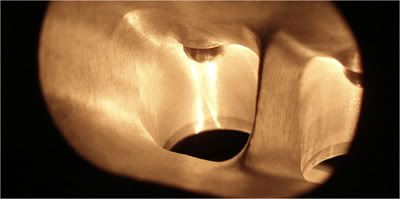

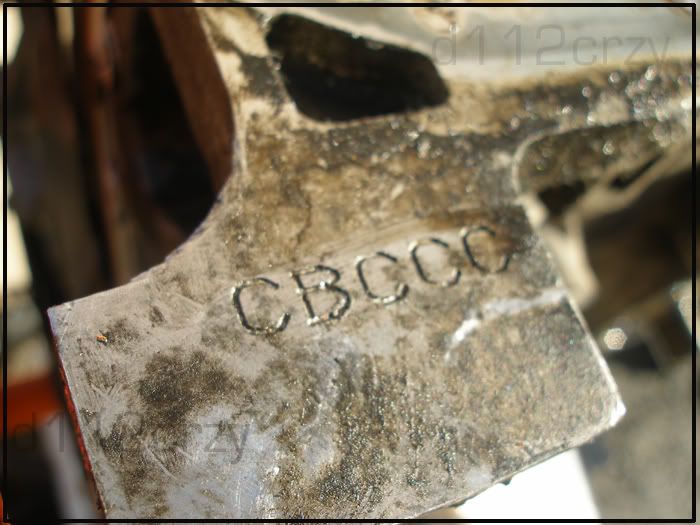
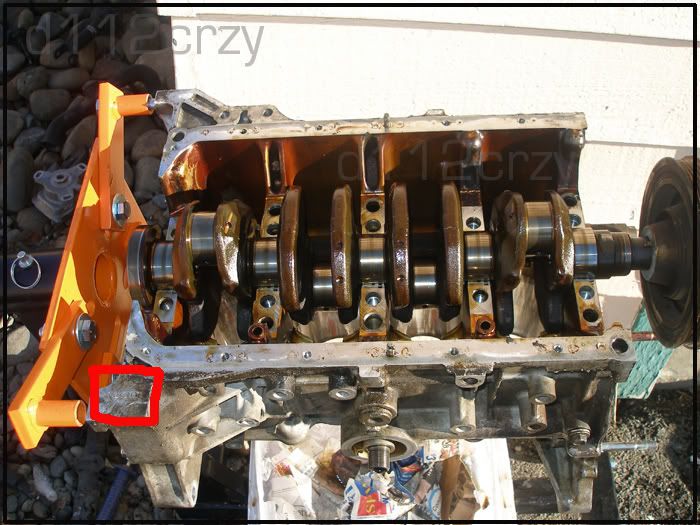




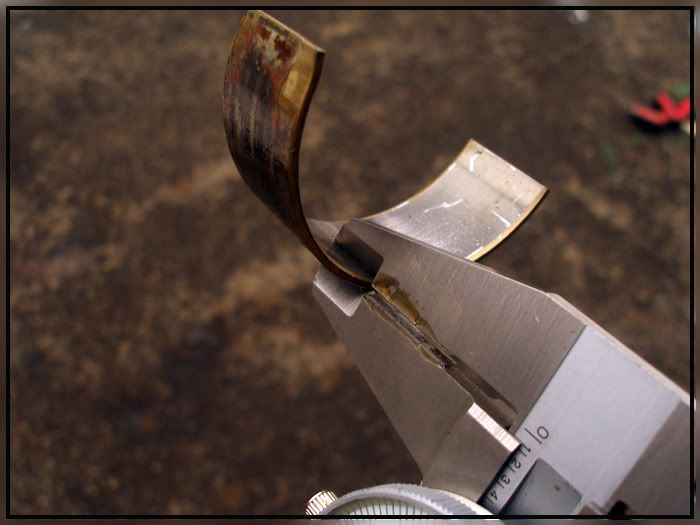
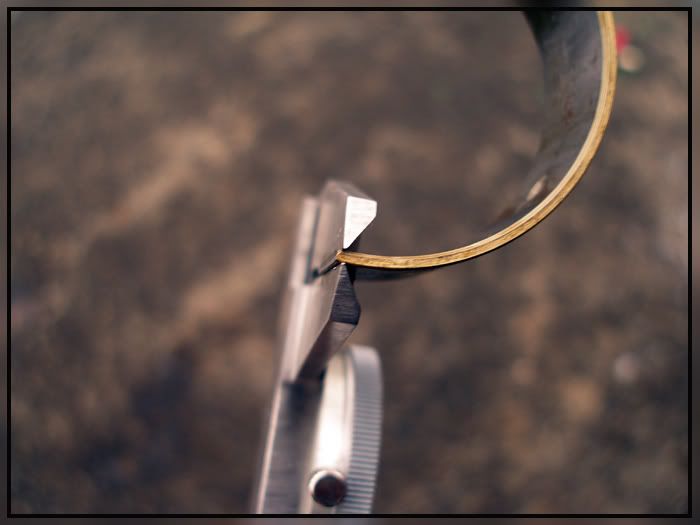
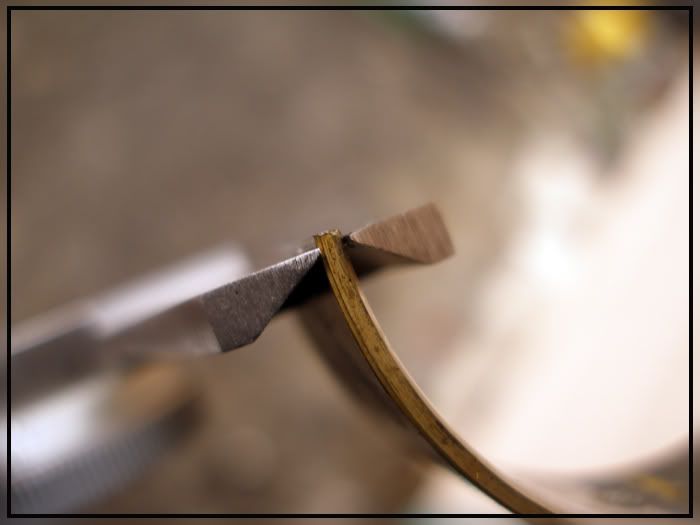
Comment